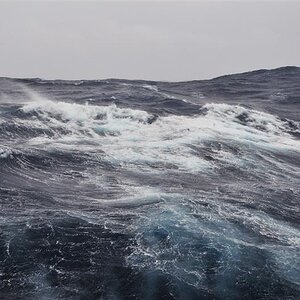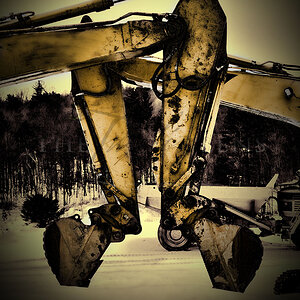Solarflare
No longer a newbie, moving up!
- Joined
- May 24, 2012
- Messages
- 2,898
- Reaction score
- 395
Premiere and review The 2015 Leica Q Typ 116 Ming Thein Photographer
Hmmm.
I'll have to sleep over it - but this sounds a lot like my new compact.
Hmmm.
I'll have to sleep over it - but this sounds a lot like my new compact.


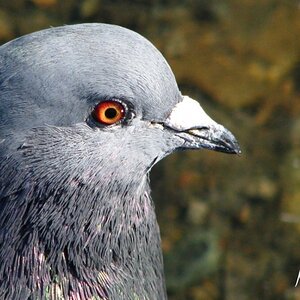
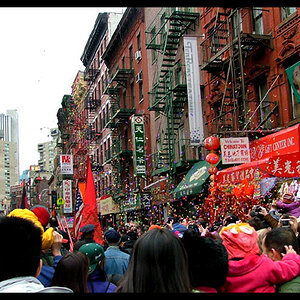
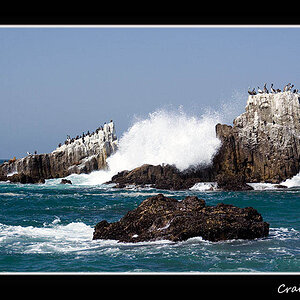

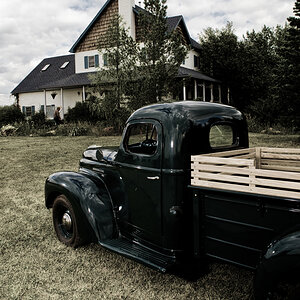
![[No title]](/data/xfmg/thumbnail/39/39447-6e7679723d775935851f055bae9712ba.jpg?1619739036)
![[No title]](/data/xfmg/thumbnail/39/39180-3dcdd0aa38e4d015a48a17b0e45542fb.jpg?1619738902)
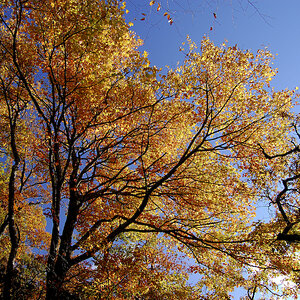
![[No title]](/data/xfmg/thumbnail/32/32433-abebb6cea0cf29d5f27d9054c7b0664e.jpg?1619735443)

